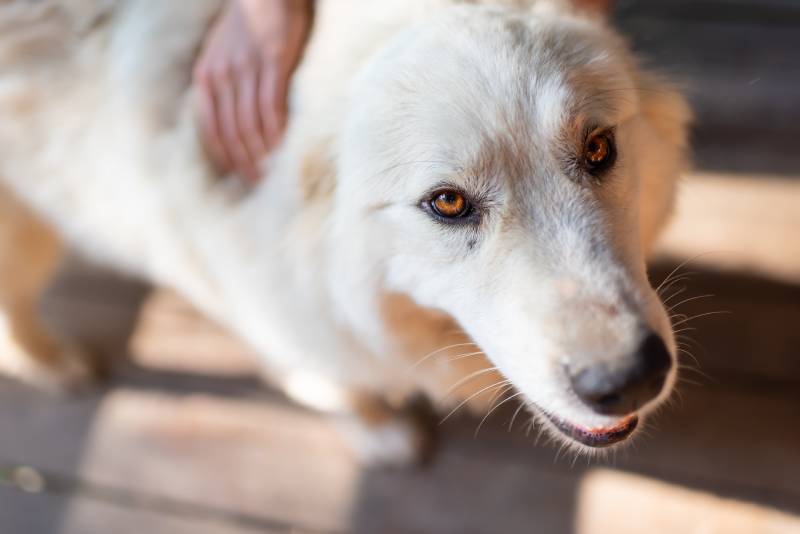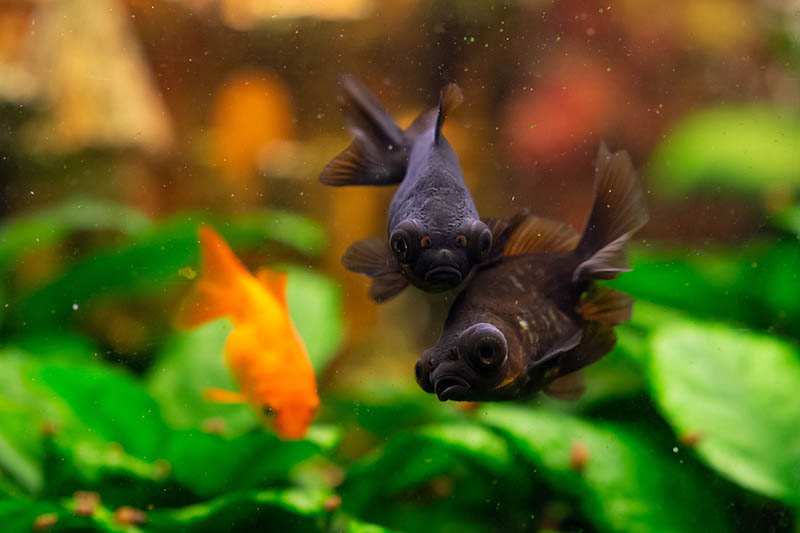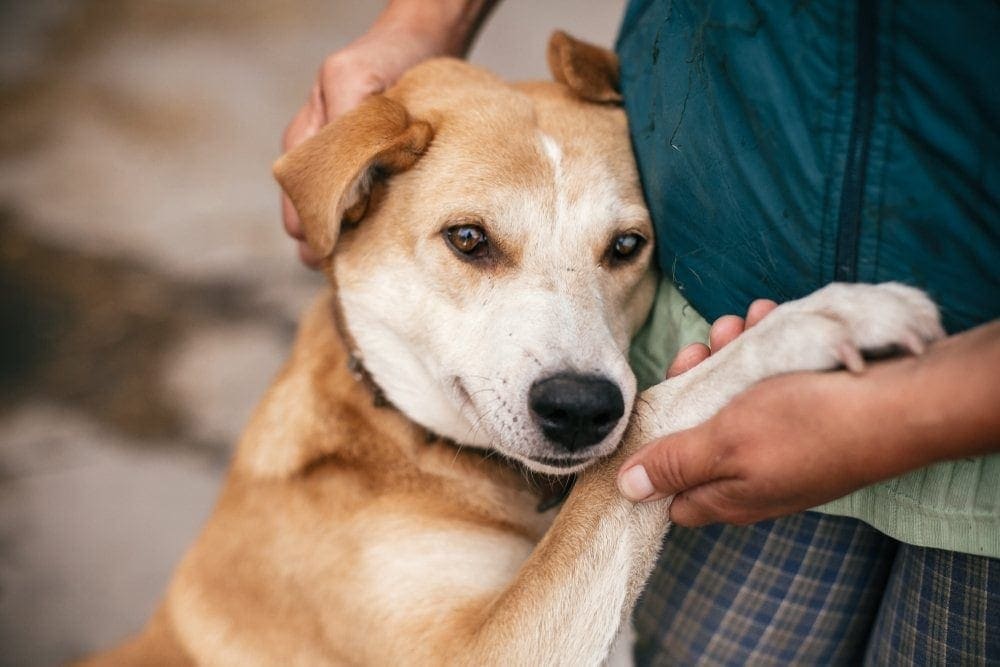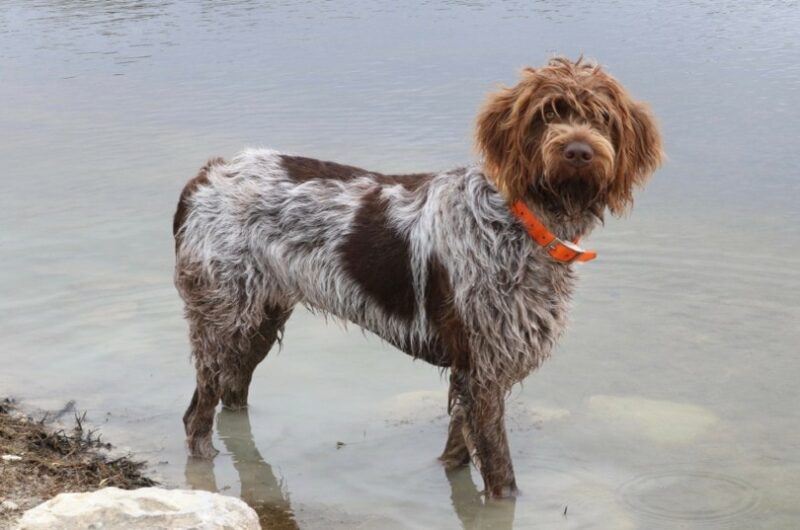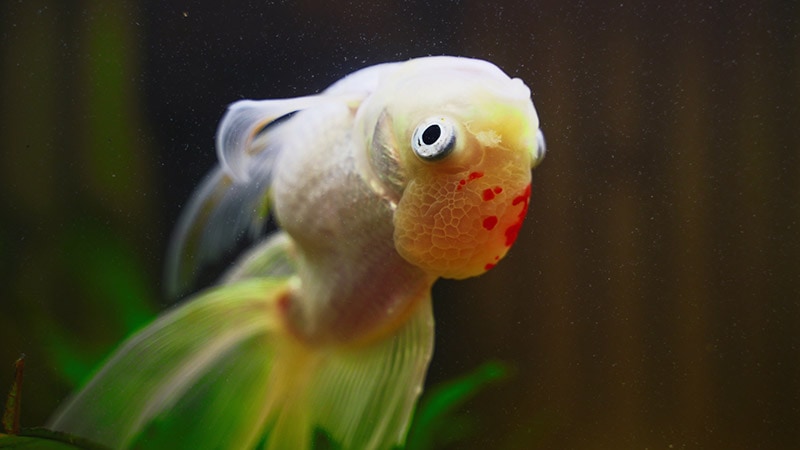6 Types of Retriever Dog Breeds: History, Pictures, & Facts

Updated on
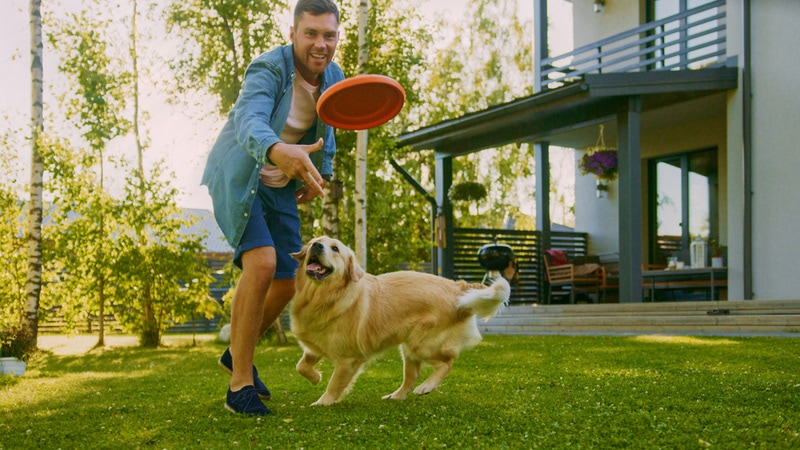
The retriever breeds, such as the Golden Retriever and Curly-Coated Retriever, are gun dogs that were bred to be companions to hunters. Their purposeful breeding gives these dogs qualities like strength, agility, intelligence, and obedience. They’re also well suited to rugged terrain and swimming.
While the retriever breeds have a lot of similar qualities, there are some differences between them. Learn more about the six retriever breeds.
How Are Retrievers Classified?
A retriever is a type of gun dog that was selectively bred to retrieve game for a hunter. They’re part of the sporting group with other gun dogs, including pointers and flushing spaniels, but they were bred to retrieve birds and return them to the hunter without damage. This led to retriever breeds having soft mouths and a desire to please and obey, which makes them ideal for a range of owner lifestyles. Some retrievers, such as the Labrador Retriever and the Golden Retriever, excel as family pets, service dogs, and therapy dogs.
The 6 Types of Retriever Dog Breeds
1. Golden Retriever
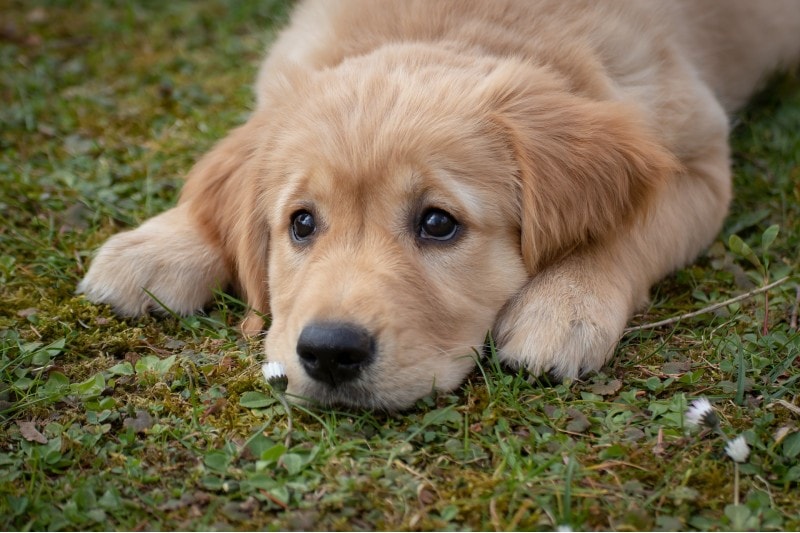
| Origin: | Scotland |
| Lifespan: | 10–12 years |
| Height: | 5–24 inches |
The Golden Retriever is a Scottish gundog that’s renowned for their beauty and temperament. The earliest records of Golden Retrievers were in 1835, which were kept by the gamekeepers at the Guisachan estate of Lord Tweedmouth at Inverness-Shire, Scotland.
While these dogs are serious hunting and working dogs that excel as guide dogs, search-and-rescue dogs, and canine competitors, they’re also a great family dog and one of the most popular dog breeds in the US. Golden Retrievers are outgoing, trustworthy, highly trainable dogs. One of their unique traits is their puppy-like behavior that lasts into adulthood.
2. Labrador Retriever
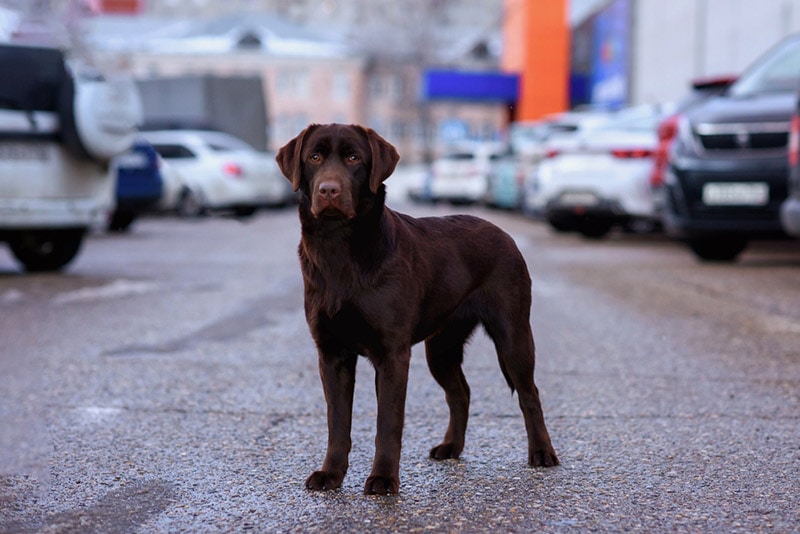
| Origin: | UK, Newfoundland |
| Lifespan: | 11–13 years |
| Height: | 5-24.5 inches |
The Labrador Retriever was developed in the UK from a colony of fishing dogs imported from Newfoundland. They get their name from the Labrador region of that colony. These sturdy, well-balanced dogs come in black, chocolate, and yellow, but they all share a sweet, lovable personality and hardworking attitude.
Despite excelling in canine sports, service work, and the retrieving they’re known for, Labradors make excellent family pets and companions. They get along well with children, new people, other dogs, and cats.
3. Chesapeake Bay Retriever
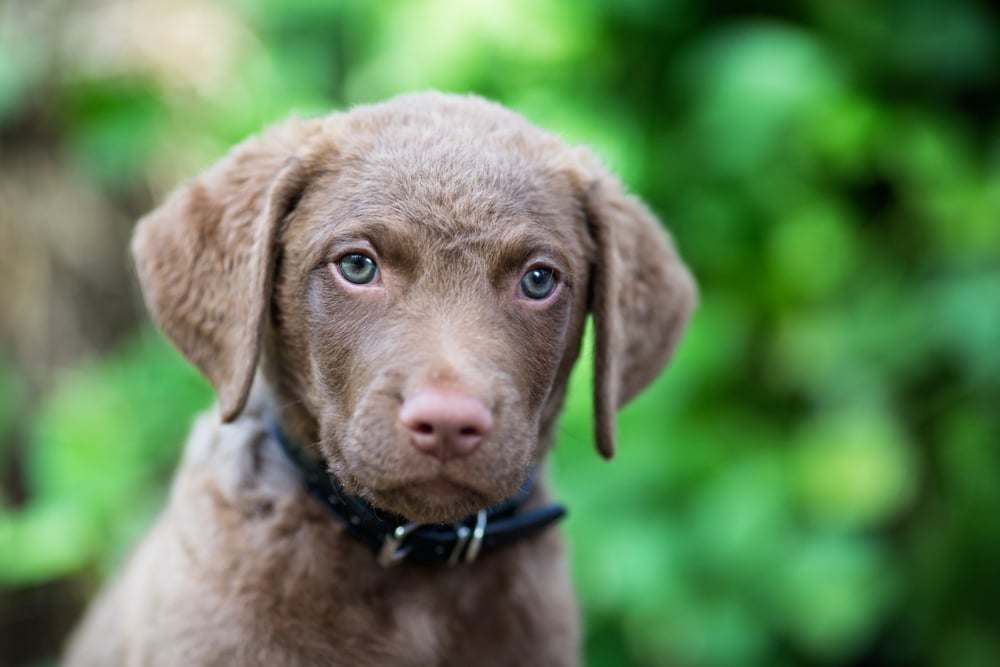
| Origin: | Chesapeake Bay, US |
| Lifespan: | 10–13 years |
| Height: | 21–26 inches |
The Chesapeake Bay Retriever is a duck dog that was developed in the Chesapeake Bay region of the US in the 19th century. These dogs are loyal, energetic, and affectionate, but their distinctive breed trait is a wavy, waterproof coat that feels oily to the touch to help with swimming.
These retrievers have a lot of traits that match those of other retrievers, but they are more emotionally complex than other gundogs. They’re not overtly friendly like the Golden or Lab, yet they’re still confident. These dogs have more of an independent streak than other eager-to-please retriever breeds.
4. Flat-Coated Retriever

| Origin: | UK |
| Lifespan: | 8–10 years |
| Height: | 22–24.5 inches |
The Flat-Coated Retriever is a newer gundog breed that arose in England. As the name suggests, this retriever has a flat coat that comes in black or liver with feathering at the legs and tail and a lean, elegant look. Regarded as the happiest of gun dogs, the Flat-Coated Retriever is eager to please and easy to train for both work and showmanship.
Like the Golden, many owners say that the Flat-Coated Retriever is slow to mature and never really loses their puppyish personality. Typical of the sporting group, Flat-Coated Retrievers need a lot of exercise, mental stimulation, and outdoor time.
5. Curly-Coated Retriever

| Origin: | UK |
| Lifespan: | 10–12 years |
| Height: | 23–27 inches |
The Curly-Coated Retriever is one of the oldest retriever breeds. They were developed in England for upland bird and waterfowl hunting. Curly-Coated Retrievers are the tallest of the retriever breeds and covered in curls, as the name suggests. They come in either black or liver and have a thorn-resistant, all-weather, and waterproof coat to work in heavy brush and icy waters.
Though the Curly-Coated Retriever is a sturdy gun dog, they are more elegant and graceful than other retrievers with a tapered head. They’re also playful and impish but have a stronger independent streak than the people-loving Labs and Goldens. These dogs can be discerning watchdogs with some suspicion toward strangers.
6. Nova Scotia Duck Tolling Retriever
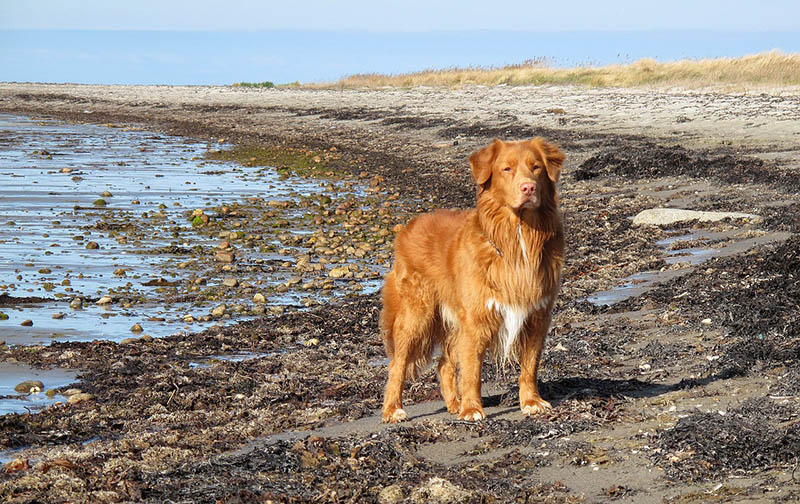
| Origin: | Nova Scotia, CA |
| Lifespan: | 12–14 years |
| Height: | 17–21 inches |
The Nova Scotia Duck Tolling Retriever is intelligent, friendly, and eager to please. The smallest of the retriever breeds, the Duck Tolling Retriever is often mistaken for a Golden Retriever with a golden red to dark copper coat and white markings.
Though the Toller can make a great family pet, they are extremely high energy. They need owners who will provide outlets for their endless vigor, including hunting, hiking, and especially swimming. One of the unique features of the Toller is that they have webbed feet to make them better swimmers.
Do Retriever Breeds Make Good Pets?
All the retriever breeds are popular as pets, though some have more desirable traits as a family pet than others. Some personality differences, such as the wariness of the Chesapeake Bay Retriever, should be considered before choosing between them.
Virtually all retriever breeds share traits like high energy and high trainability. It’s important for any prospective owner to consider their exercise needs and enrichment needs to ensure that they can provide a suitable home. A bored retriever without an outlet—regardless of the breed—can be a handful.
Conclusion
With their friendly demeanor, intelligence, and desire to please, it’s no wonder the retriever breeds are among the most popular dog breeds. While there are some differences between the different retrievers, they’re all hard-working gun dogs that excel in a range of roles, from hunting to service work to family-friendly pets.
Featured Image Credit: Gorodenkoff, Shutterstock





